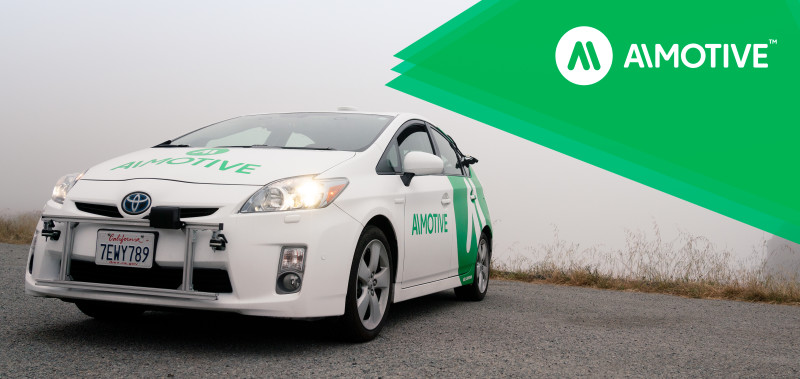 &imagePreview=1
&imagePreview=1
Written by Tony King-Smith / Posted at 11/22/18
Tackling the upgradeability of automotive computer systems
Fueled initially by the rapid advances in infotainment driver information platforms, autonomous vehicles (AVs) have now taken over as a driving force for this trend.
However, a significant gap remains between how the automotive and semiconductor industries regarding how to align apparently incompatible product lifetimes. That mismatch threatens to hold back the speed by which we are able to bring to volume production many of the electronics-enabled innovations expected over the next 10-20 years in AVs and other electronics-related subsystems such as communications, security, and displays.
Product Lifetimes – Automotive OEMs work in 4-5 year-long design cycles, creating products with a lifespan often over 20 years. However, the semi industry releases new versions of their chips every 1–2 years, often with product lifetimes of only 3–5 years for their most advanced processor-based SoCs. This means that by the time a new car model first ships to customers, the electronics powering its most innovative features will already be one or two generations behind the latest versions of the processing chips used. And by the time the car reaches its second owner, its electronics platform may well be already 8 to 10 years old! In the fast-moving world of semiconductors, that means the car electronics is 4 or 5 generations behind what consumers are using.
Other requirements make automotive hardware design challenging for semis. The operating conditions are far more demanding: operating temperature range, thermal dissipation, electrical noise and reliability over product lifetime of 15–20 years are a few significant examples. Only certain semiconductor vendors have the capabilities and resources to supply chips to these demanding environmental and certification constraints.
Car upgrades - Since a car is designed to be on the roads for at least 15-20 years, keeping pace during its lifetimes with such rapidly evolving fields as AV could prove tricky indeed for automakers. And where people’s lives are at stake, everyone is motivated to find ways to ensure that the best possible algorithms are available for users of a car throughout its lifetime.
When electronics are at the heart of core functions such as autonomous driving, supporting constant hardware updates could make life very difficult for automakers struggling to recoup their investment in core functions. However, if upgradeability is designed in from the start, it can become a way of improving ROI by extending the design life of a core function.
Upgrading hardware platforms for automotive deployment is more than simply making the hardware conform to certain standards such as ISO26262 or ASIL-D. Processing hardware has huge investment in the complex software that runs on it, so validating that combination of hardware and software in all use cases (e,g, various car models) is a major challenge for any mid-life upgrade.

Sensor upgrades – If the pre-processing of sensor data is conducted in the sensors themselves, if the sensor supplies software with object-level data, it may be possible to upgrade the sensor’s capabilities while keeping the rest of the system almost unchanged. Indeed the software consuming the data from the sensor may need only small or even no changes. To achieve this flexibility, thought must be given to the exact interfaces between the sensor module and the rest of the hardware platform. However, the benefits of enabling upgrade capability for car makers are significant.
Central Processing Upgrades – Increasing the performance of a central processing cluster, on the other hand, may be a more complex task. This challenge is strongly connected to the question of centralized vs. distributed processing that I discussed in my previous blog. In such cases, it will be essential for OEMs to plan for likely future hardware requirements of software updates and new features in the processor ECU design stage.
One significant challenge when upgrading a central processing ECU is that all software running on it must be re-validated with the new CPU. That can be a substantial task.
However, if hardware accelerators external to the central processor SOCs form part of the central processing design, then it may well be possible to just upgrade the accelerators with no changes to the software. For example, upgrades to an external NN accelerator could result in either higher performance or lower power consumption with no changes to the software using them. These architectural decisions could have a major impact on the overall lifetime of car maker’s products. It is this sort of thinking that has strongly influenced the design of the latest generation of our automotive-focused NN accelerator IP, aiWare3.
With our experience in the development of complete hardware and software platforms for self-driving together with aiWare3, our automotive grade NN accelerator hardware IP core, AImotive is uniquely positioned to support both the semiconductor and the automotive industry in the effort to bring AVs to market in the shortest possible timeframe. Through working closely with automotive OEMs and Tier1s, AImotive is able to bring a unique perspective to the challenges of delivering advanced software and hardware platforms for AV.
